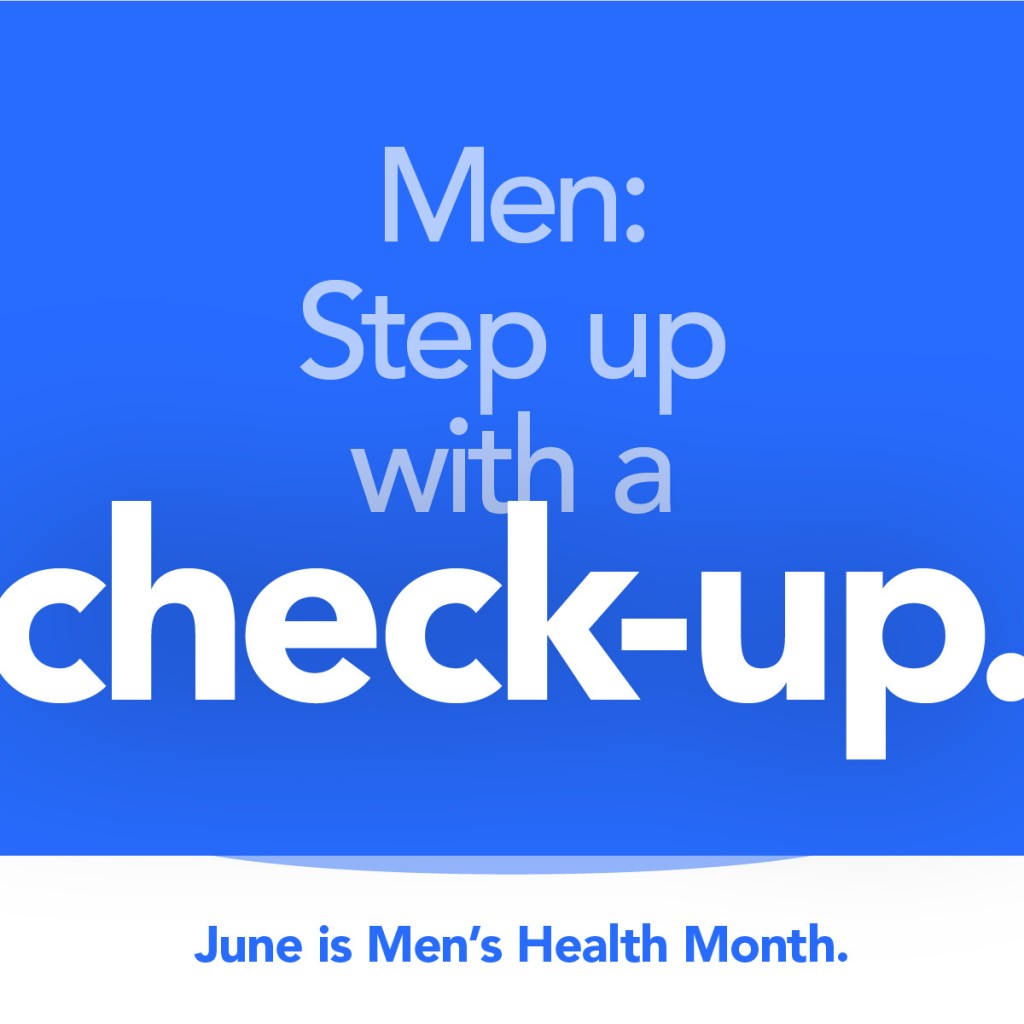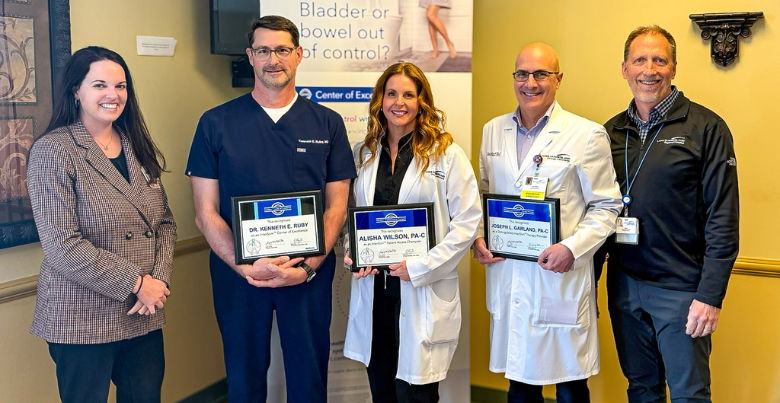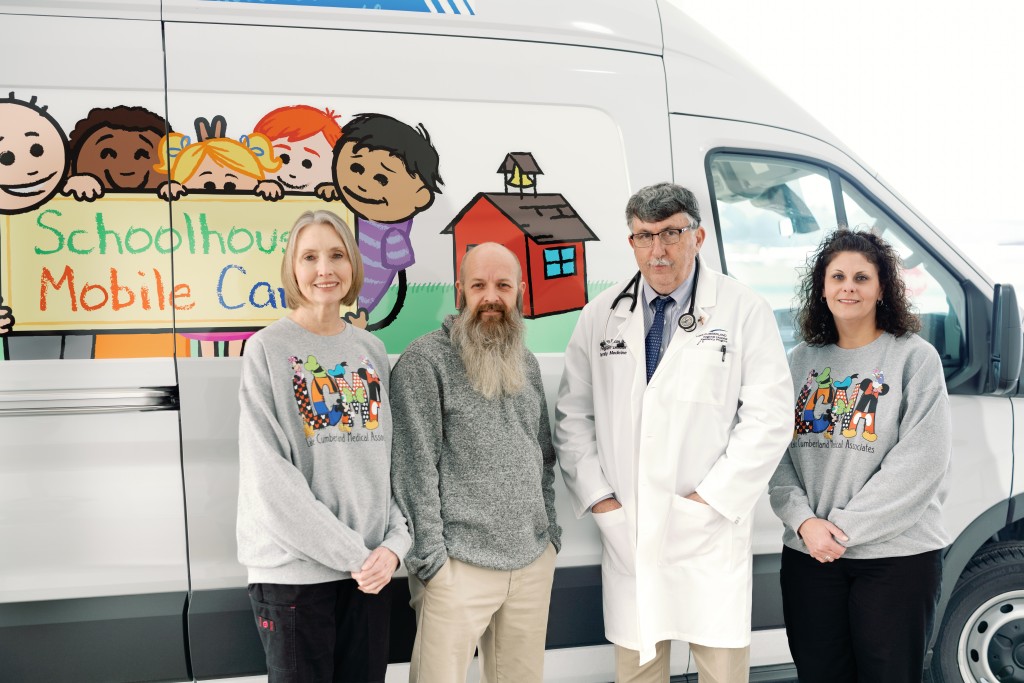News
-

Dr. Jaysie Smith Joins Lake Cumberland Regional Hospital
September 11, 2025Jaysie Smith, DO, recently completed her residency at Lake Cumberland Regional Hospital and specializes in family medicine
Learn more -

Dr. Travis Denna Joins the Medical Staff at Lake Cumberland Regional Hospital
August 08, 2025Lake Cumberland Regional Hospital (LCRH) is excited to announce the addition of Travis Denna, MD, to our medical staff as an otolaryngologist, more commonly referred to as an ear, nose, and throat doctor.
Learn more -

Dr. Gustavo Anton Joins Lake Cumberland Regional Hospital
August 08, 2025Dr. Anton is a skilled neurosurgeon with a focus on a variety of neurological conditions, including brain and spinal tumors, spinal disorders, traumatic brain injuries, and cerebrovascular conditions.
Learn more -

Good Health Starts Today - 4 Tips to Men's Health Month
June 01, 2025Each June, we celebrate National Men’s Health Month to remind ourselves that healthy living is something to think about year-round.
Learn more -

Lake Cumberland Urology Named InterStim™ Center of Excellence
May 04, 2025Kenneth Ruby, MD, Alisha Tartar Wilson, PA-C, and Joseph L. Garland, PA-C, of Lake Cumberland Urology Associates have been named an InterStim™ Center of Excellence by Medtronic
Learn more -

Dr. Joseph Weigel Honored with 2025 Dr. Hossein Fallahzadeh Public Health Hero Award
April 16, 2025Dr. Joseph Weigel, a respected Lake Cumberland Regional Hospital physician and community leader in Somerset, Kentucky, has been named the recipient of the 2025 Dr. Hossein Fallahzadeh Public Health Hero Award.
Learn more -

New Pacemaker Leading the Way for Heart Patients
February 11, 2025Cardiologist Dr. Michael McKinney likens the heart to a house.
Learn more -

Five Easy Ways to Show Your Heart Some Love
February 11, 2025By: Leah Ashworth DNP, FNP-BC, AACC
Learn more -

Planning a Healthy New Year in 2025
January 13, 2025If our plan is to have a healthy new year in 2025, how best to make our resolutions stick?
Learn more -

Lung Cancer Screening: What You Should Know
November 15, 2024By: Justin Hunsucker, MD, Lake Cumberland Lung Specialists
Learn more -

Breast Cancer Awareness Month: What to Know About Your Mammogram
October 17, 2024October is Breast Cancer Awareness Month – a time for all of us to acknowledge the impact breast cancer can have on our lives, and to learn about the ways we can keep ourselves healthy.
Learn more -

Lake Cumberland Regional Hospital Welcomes Two New Physicians to the Medical Staff
October 15, 2024Lake Cumberland Regional Hospital (LCRH) is excited to announce the addition of two highly skilled physicians to its medical staff.
Learn more -

Healthy Back-to-School Habits: Preparing for a Successful School Year
August 13, 2024As summer break comes to an end, there’s a lot to accomplish in preparation for the new school year.
Learn more -

Dr. Rebecca Whitworth Joins Lake Cumberland Regional Hospital
July 22, 2024Rebecca Whitworth, MD, recently completed her residency at Lake Cumberland Regional Hospital and specializes in family medicine.
Learn more -

The Heat is On: How to Stay Cool and Spurn the Burn
June 19, 2024When the sun comes out to play, many of us make plans to do the same. However, summer also brings the heat - a potential threat to health that we should all stay alert to preventing and treating.
Learn more -

Stroke Awareness Month: 3 Steps to Manage Your Stroke Risk
May 29, 2024By taking steps to prevent stroke, and knowing how to recognize a stroke when it occurs, you reduce the risk to you and your family.
Learn more -

Lake Cumberland Regional Hospital Welcomes New Physician
May 07, 2024Justin Hunsucker, MD, specializes in Pulmonology
Learn more -

Colon Cancer Awareness Month: Understanding Your Colonoscopy
March 08, 2024March is Colorectal Cancer Awareness Month. Even if your first colonoscopy is decades away, it’s important to know what to expect from this potentially lifesaving screening.
Learn more -

LCMA Schoolhouse Mobile Care Program Revamped with Arrival of New Vehicle
February 27, 2024Lake Cumberland Regional Hospital (LCRH) is proud to announce the revitalized Lake Cumberland Schoolhouse Mobile Care program, a collaborative effort with Pulaski County, Somerset Independent, and Science Hill Independent Schools, with a new mobile vehicle.
Learn more -

National Heart Month: Building Healthy Habits for a Healthy Heart
February 13, 2024February is American Heart Month – a time to celebrate all our hearts do for us, and to recognize what we can do to keep our hearts healthy
Learn more
